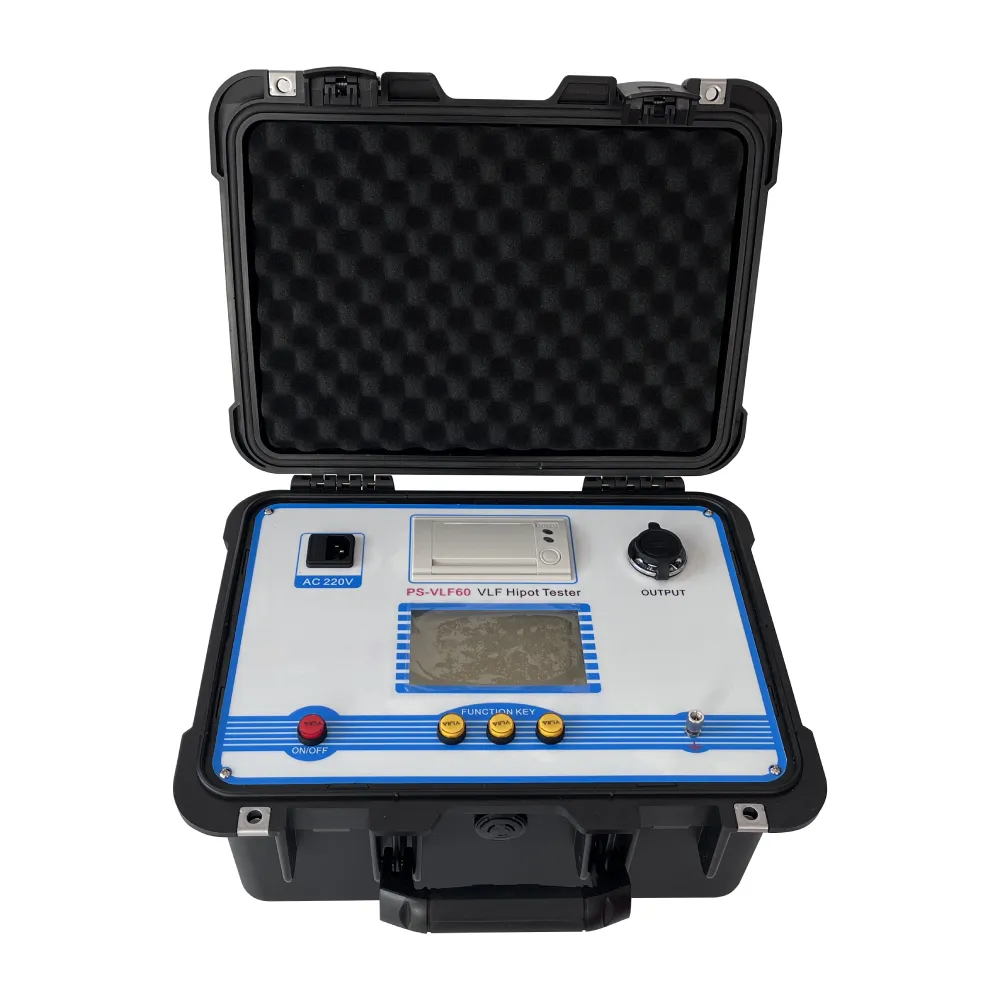 English
English


Advancements in Carrier Gas Chromatography Techniques for Enhanced Analyte Separation and Detection
Carrier Gas Chromatography An Overview
Carrier gas chromatography (CGC) is a pivotal analytical technique widely used in the separation and analysis of volatile compounds. It is an essential tool in various scientific fields, including chemistry, environmental science, pharmaceuticals, and food safety. This technique utilizes a gaseous mobile phase, known as the carrier gas, to transport a sample through a stationary phase, typically a column packed with a solid or liquid material, allowing for the separation of different components based on their physical and chemical properties.
Basics of Carrier Gas Chromatography
The fundamental principle behind carrier gas chromatography is the differential partitioning of sample components between the stationary phase and the mobile phase. In CGC, the carrier gas moves the vaporized sample through a column where interactions with the stationary phase cause different analytes to elute at different rates. This variation in retention time allows for the effective separation of complex mixtures.
The choice of carrier gas is critical in CGC. Commonly used gases include helium, hydrogen, and nitrogen, each having unique properties that affect the efficiency, speed, and resolution of the chromatography process. Helium is often favored for its inertness and wide availability, although it can be more expensive. Hydrogen, while providing faster analysis times due to its higher diffusivity, poses safety risks due to its flammability. Nitrogen is a cost-effective alternative, although it may result in longer run times and lower separation efficiency.
The Chromatographic Process
The chromatographic process begins with the sample being vaporized and introduced into the column via an injection port. The carrier gas then transports the vaporized sample through the stationary phase. As the sample moves through the column, components with different affinities for the stationary phase will interact differently, leading to varied retention times. Components that interact more strongly with the stationary phase will elute later than those that do not.
The output of this process is a chromatogram, which is a graphical representation of detector response as a function of time. The peaks in the chromatogram correspond to individual analytes, with their area proportional to their concentration in the sample. By comparing the retention times and peak areas to those of known standards, quantitative and qualitative analysis can be performed.
carrier gas chromatography

Applications of Carrier Gas Chromatography
Carrier gas chromatography has a multitude of applications across various industries. In environmental science, CGC is employed to monitor air and water pollution by analyzing volatile organic compounds (VOCs). In the pharmaceutical industry, it is used for the quality control of products, ensuring that active ingredients and impurities are accurately quantified.
Food safety is another significant application of CGC. It helps in detecting contaminants and verifying the composition of food products. For instance, CGC is instrumental in identifying flavor components and ensuring compliance with regulatory standards.
Advantages and Limitations
One of the primary advantages of carrier gas chromatography is its high resolution and sensitivity, enabling the detection of trace-level components in complex mixtures. Moreover, it is a relatively fast technique, allowing for the analysis of samples in a matter of minutes to hours, depending on the complexity of the sample.
However, CGC is not without its limitations. The technique is mainly suitable for volatile and semi-volatile compounds, which means that non-volatile substances cannot be effectively analyzed. Additionally, the choice of stationary phase can influence the separation quality, and optimizing method parameters can require significant time and expertise.
Conclusion
Carrier gas chromatography remains a cornerstone of analytical chemistry, offering robust and efficient methods for the separation and analysis of volatile compounds. Its applications span a diverse range of fields, making it an invaluable tool for scientists and researchers. As technology continues to advance, the future of CGC promises even greater sensitivity, efficiency, and adaptability, paving the way for new discoveries and innovations in chemical analysis.
-
Differences between open cup flash point tester and closed cup flash point testerNewsOct.31,2024
-
The Reliable Load Tap ChangerNewsOct.23,2024
-
The Essential Guide to Hipot TestersNewsOct.23,2024
-
The Digital Insulation TesterNewsOct.23,2024
-
The Best Earth Loop Impedance Tester for SaleNewsOct.23,2024
-
Tan Delta Tester--The Essential Tool for Electrical Insulation TestingNewsOct.23,2024





